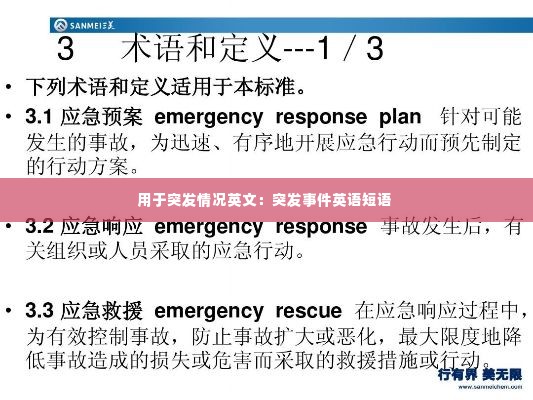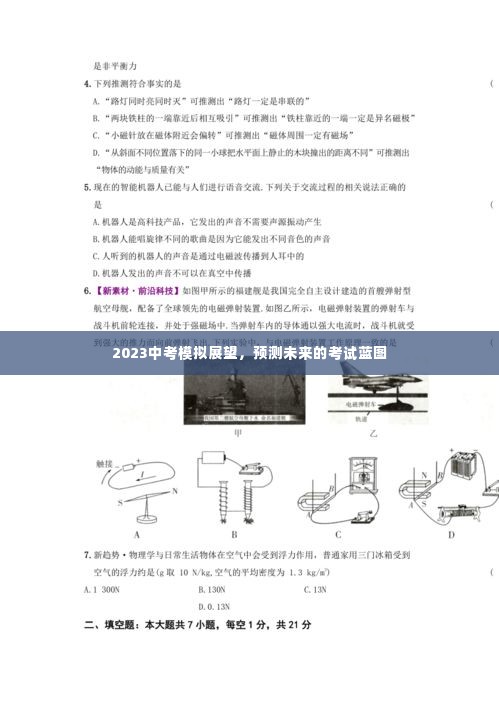Introduction to Emergency Preparedness
In today's fast-paced world, being prepared for unexpected situations is more crucial than ever. Whether it's a natural disaster, a medical emergency, or a security threat, knowing how to respond promptly and effectively can make a significant difference in the outcome. This article aims to provide a comprehensive guide on being prepared for various emergencies, using English as the language of instruction.
Understanding the Types of Emergencies
Emergencies can be categorized into different types, each requiring specific preparation and response strategies. Here are some common types of emergencies:
- Natural Disasters: These include earthquakes, hurricanes, floods, wildfires, and tsunamis. Preparation for these often involves having a well-stocked emergency kit, knowing evacuation routes, and staying informed about weather forecasts.
- Medical Emergencies: This category includes heart attacks, strokes, severe allergic reactions, and other health crises. Knowing basic first aid and having access to emergency medical services is crucial.
- Security Threats: These can range from active shooter situations to terrorist attacks. Having a plan in place, knowing how to hide or seek shelter, and being aware of emergency contact numbers are essential.
- Technological Emergencies: Power outages, cyber-attacks, and communication failures can disrupt daily life. Having backup power sources, alternative communication methods, and digital backups are important.
Creating an Emergency Plan
An emergency plan is a critical component of being prepared. It should include the following elements:
- Emergency Contact Information: Have a list of emergency contacts readily available, including family members, friends, and local authorities.
- Evacuation Routes: Identify the safest routes out of your home or workplace, as well as alternate routes in case primary routes are blocked.
- Shelter Locations: Know where to go if you need to seek shelter, such as a community shelter or a friend's house.
- Meet-Up Points: Designate a safe location where family members can meet up if separated during an emergency.
- First Aid Training: Consider taking a first aid course to learn basic life-saving skills.
Building an Emergency Kit
An emergency kit should be ready at all times and should include the following items:
- Food and Water: Stock up on non-perishable food items and a three-day supply of water per person.
- First Aid Supplies: Include bandages, antiseptic wipes, gauze, scissors, and other basic medical supplies.
- Flashlight and Batteries: A flashlight with extra batteries is essential for navigating in the dark.
- Whistle: A whistle can be used to signal for help if you are trapped or lost.
- Manual Can Opener: In case you need to open a can of food without electricity.
- Personal Hygiene Items: Include toothbrushes, toothpaste, toilet paper, and other hygiene products.
- Medications: Keep a list of prescription medications and have a supply on hand.
- Important Documents: Have copies of important documents like IDs, insurance policies, and emergency contacts in a waterproof bag.
Staying Informed
Staying informed during an emergency is crucial. Here are some ways to stay updated:
- Emergency Alerts: Sign up for emergency alert systems in your area to receive notifications via text message, email, or phone calls.
- Local News and Media: Tune in to local news and media outlets for the latest information and instructions.
- Community Networks: Join community groups or networks that provide support and information during emergencies.
- Social Media: Follow official accounts of local authorities and emergency services for updates.
Training and Drills
Regular training and drills can help ensure that you and your family are prepared to respond to emergencies. Here are some training activities to consider:
转载请注明来自天津锦麟商贸有限公司,本文标题:《用于突发情况英文:突发事件英语短语 》













 蜀ICP备2022005971号-1
蜀ICP备2022005971号-1
还没有评论,来说两句吧...